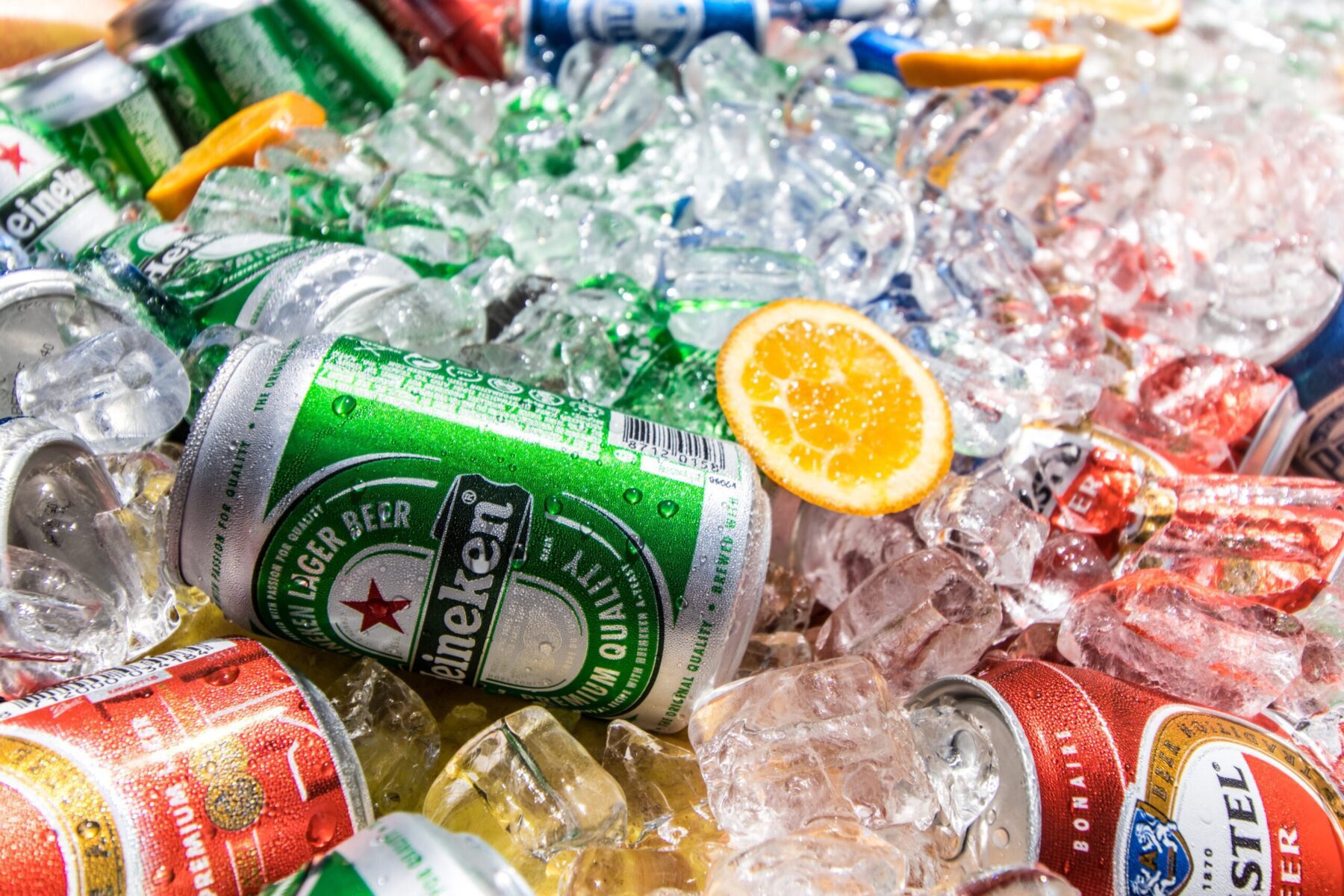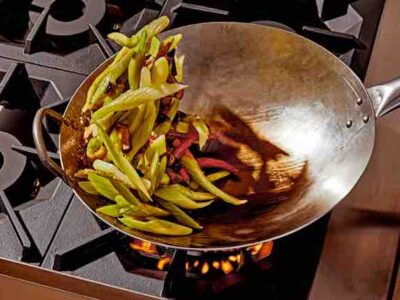It’s hard to believe canned beer is still a relatively young technology. Eighty-eight years ago, the first one was sold to the public. Since that big day in 1935, canned brew has been the norm for its consumption. The day was a defining moment in beverage history, earning an observance, Jan. 24, is National Beer Can Appreciation Day.
The first canned beer was sold in Richmond, VA, on Jan. 24, 1935. The Krueger Brewing Company partnered with the American Can Company just a few weeks after the end of Prohibition.
These containers were different from the ones we buy today. They were hefty things, weighing in at 4 ounces and made of steel, and had to be opened with a church key puncturing the top. Still, consumers loved them, preferring them nine-to-one over glass bottles. Thus, the standard was set for beer drinking going forward.
In 1963, the next innovation was the pull tab. This marvelous invention was developed by the Pittsburgh Brewing Company, allowing for self-opening. Think of a can of soup; no more keys are required.
The problem was pull tabs became a significant litter source. The tops were scattered across beaches, parks, and bars. The sharp edges also posed a health hazard to animals and humans alike. So what changed?
In 1975, the pull tab was ditched for the Stay Tab. Developed by Falls City Brewing in Louisville, KY, the feature is still used today. The whole top of cans no longer had to be removed; instead, drinkers pushed in an opening, mitigating the environmental impact immensely.
Even before the stay tab replaced the pull tab, canned beer was outselling bottles. By the turn of the millennium, some breweries were canning by hand, such as Dale’s Pale Ale in 2002, something very few breweries do.
Cans provide a better overall beer-drinking experience. For starters, they chill faster than bottles and stay colder longer.
Too cold? Slip on a koozie or pour in your favorite tumbler. Second, they stack and ship easily. Since they fit on each other nicely, organizing them in the fridge is straightforward.
Cans are also more durable than bottles. They won’t shatter when dropped, but you may get a spray of foam on your face if you open them too quickly. They also float in water, so your drink won’t sink to the bottom if you’re in the pool or fishing on the creek. They also stay pressurized longer than glass.
All cans today are made from aluminum, a highly recyclable material. Many craft breweries will only use recycled versions in their distribution operations, which is why you find fewer bottled craft brews when shopping. More than 62% of U.S. beer is packaged using aluminum. That is a 56% increase from just 10 years ago. Imported brands are still more inclined to use bottles, but 26% are canned. That’s also a 16% increase in the last decade.
How should you celebrate National Beer Can Appreciation Day? If you’re 21 or older, the answer is simple: drink some beer. Head to the liquor store or brewery, pick up a six-pack or case of your favorite brand and enjoy responsibly. The choice matters little, whether you chose Bud Light, Busch Light, or that exotic IPA your brother got you for Christmas. As you appreciate how far the container has come, you’ll be celebrating properly.





